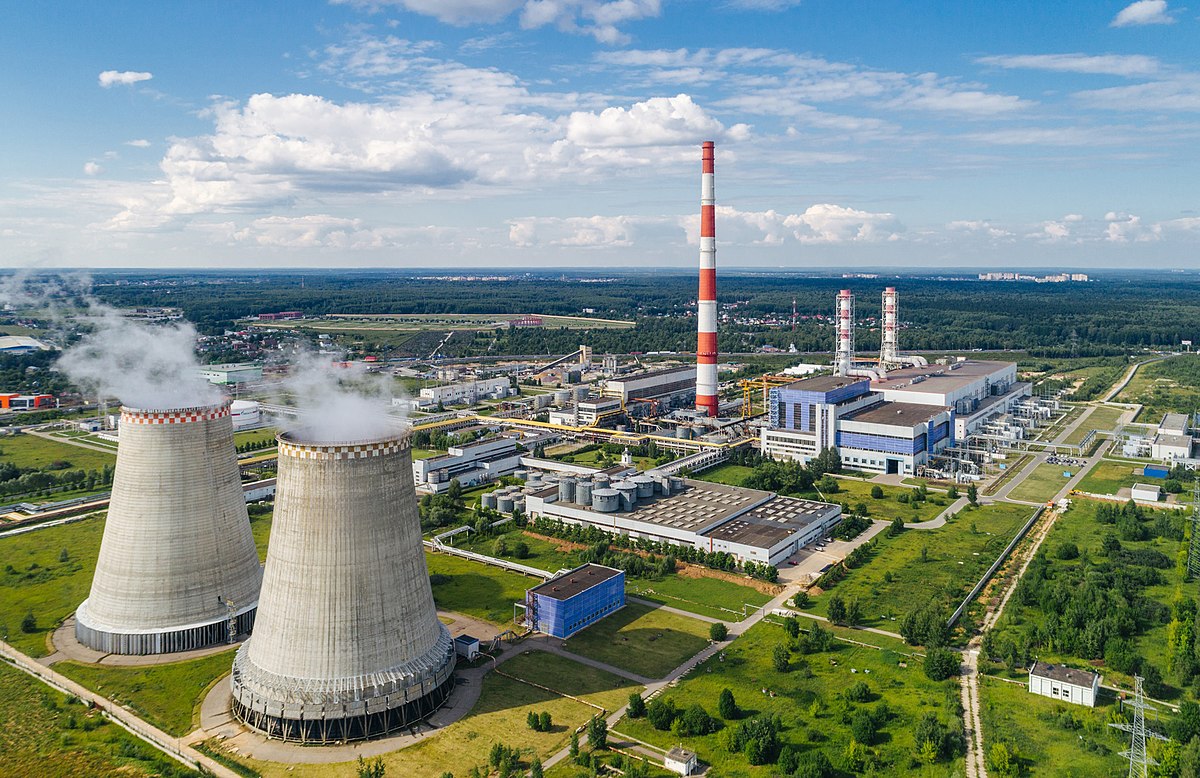In the midst of scorching summer temperatures and a peak power demand surpassing 12,000 MW, both the Talwandi Sabo Power Plant and the Ropar Power Plant in Punjab have once again ceased operations, leading to an 880 MW deficit in power supply.
“A 660 MW unit at Talwandi Sabo and 220 MW at Ropar Thermal Plant are offline due to boiler issues. Engineers are working round the clock to resolve these technical issues, and both plants are expected to resume operations within the next two days,” stated a PSPCL official.
Talwandi Sabo has previously encountered boiler leakage problems, causing disruptions during peak demand periods over the past two years. The outage of a 660 MW unit during the peak paddy season raises concerns.
To address the demand-supply gap, the PSPCL official mentioned plans to enhance transmission capacity to 10,000 MW, additional power banking arrangements (3,000 MW), and the integration of solar power. However, proper functioning of internal power plants, with Punjab’s internal generation capacity at 6,600 MW, is crucial.
The management has expressed discontent over recurrent outages at the Talwandi Sabo plant and has sought explanations. This outage coincides with criticism against PSPCL for paying substantial fixed costs to private plants during low-demand periods in winter.
PSPCL faces a dilemma as it heavily relies on external power sources amid no capacity addition, with no concrete plans for supercritical units at Ropar. Punjab’s extensive use of around 14.5 lakh tubewells keeps the demand above 15,000 MW.
Any breakdown in thermal units may result in short-term challenges, compounded by concerns over water levels at the Ranjit Sagar Dam, which operated at over 100% capacity during the previous paddy season.























